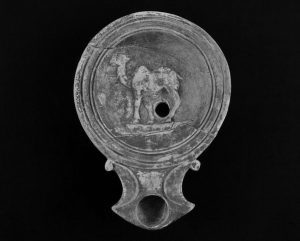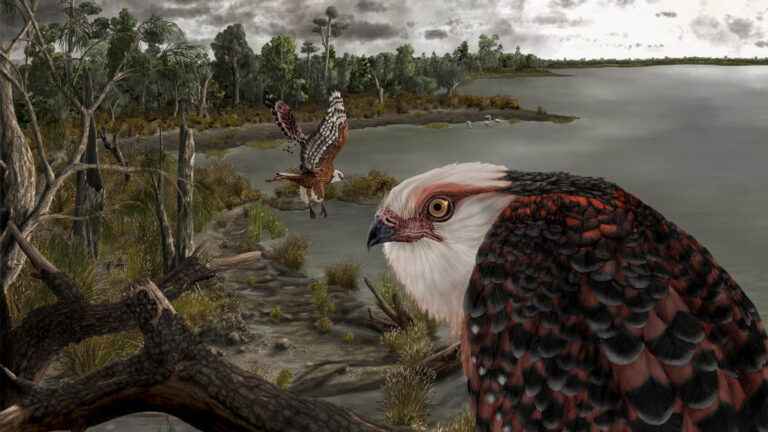Evidence of a feared Roman camel unit used because the bad smelling and bizarre looking beasts terrorised opposition horses and men have been found under a Roman road in Switzerland.
The unique discovery was made during archaeological excavations at the construction site of a new court building in Basel, a city on the border with Germany in northern Switzerland.
The camel bones, including the well-preserved jawbone, were found underneath a newly discovered Roman road.

Boffins hailed the find as a sensation and as further confirmation that the Roman camel cavalry units also operated in Europe, something that had long been suspected. They said the camel jawbone would have been used by the cavalry that were part of a Roman Legion probably based at the Swiss archaeological site far from the animal’s native lands of modern-day Syria.
Excavations had already uncovered bone fragments and a radial bone during the previous construction of the building from 1937 to 1939. According to the Basel Archaeological Office, investigations have now shown that the newly discovered jawbone comes from the same animal.
It is not yet known how old the bones are, but archaeologists think the camel must have died at least 1,500 years ago.
The animals were used in late Roman times as pack animals and even as cavalry units known as the ‘Dromedarii’ and its discovery on the former Roman road seems to underline this point.
The Dromedarii was an auxiliary forces recruited in the desert provinces of the Late Roman Empire in what is now modern-day Syria.
Although the camels – mostly dromedaries – were mainly used as scouting units in the deserts and as light cavalry in the campaigns against the Nabataean Kingdom in Northern Arabia, some were also brought to other parts of the Roman Empire.

Romans found the camels to be effective against horse cavalry units as horses not accustomed to camels found their smell repulsive and tended to panic in battles.
The Basel camel jawbone is the third archaeological finding in Switzerland which proves camels were brought to lands north of the Alps by the Romans.
A Roman oil lamp depicting a camel was previously discovered at the former Roman Legion camp of Vindonissa, which is now modern-day Windisch in the Swiss canton of Aargau.
It is also the site of the Battle of Vindonissa in 298 AD in which a Roman army led by Emperor Constantius Chlorus defeated an Alemanni army.
The battle was part of a successful campaign by the Roman Empire to push the Alemanni and other Germanic tribes back to their territories in modern-day southern Germany after they managed to invade Italy and sack some cities on the plains of the River Po.
More proof of camels being used by the Romans in modern-day Switzerland is a silver coin of a dromedary kneeling in front of a Nabataean emperor, which was found in the Roman archaeological site and an open-air museum of Augusta Raurica, located 12 miles East of Basel.
Story By: Koen Berghuis, Sub-Editor: Michael Leidig, Agency: Central European News




